Solitude and untouched nature await the brave explorers willing to take the risk and
get off the beaten track. Ancient traditions have taken refuge here.
Modern human influence barely touched some parts of these lands, from windswept beaches on the Outer Hebrides to the rocky cliff breaks of the Northern Isles. Every destination holds its promises of authentic adventures away from the beaten tracks.
Foula, Shetland Islands
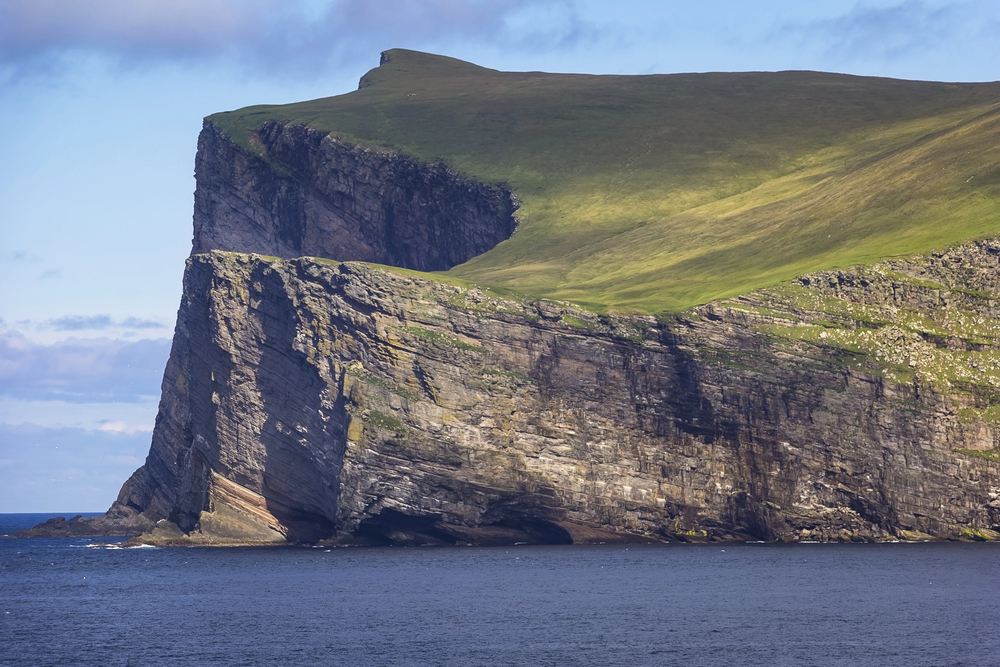
This remarkable outpost is Britain’s most remote inhabited island, 20 miles west of
mainland Shetland. The island’s dramatic 1,200-foot cliffs harbor thousands of
seabirds, including the rare Leach’s petrel.
The resilient community of fewer than 30 residents maintains ancient Norse traditions and follows the Julian calendar for certain festivities.
Papa Stour, Shetland Islands
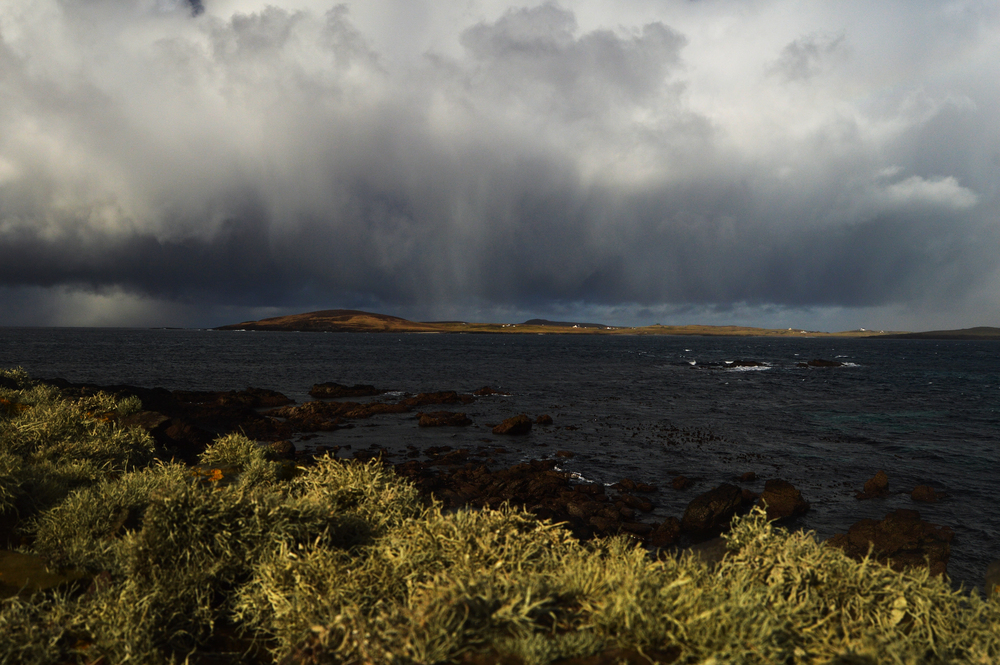
Volcanic forces shaped this western Shetland gem into a wonderland of caves,
stacks, and natural arches. The island’s rich Norse heritage is reflected in its name,
meaning ‘Big Island of the Priests’ in Old Norse.
Its pristine waters host abundant marine life, making it a paradise for sea kayakers and wildlife enthusiasts.
Like Travel Pug’s content? Follow us on MSN.
Fair Isle, Northern Isles
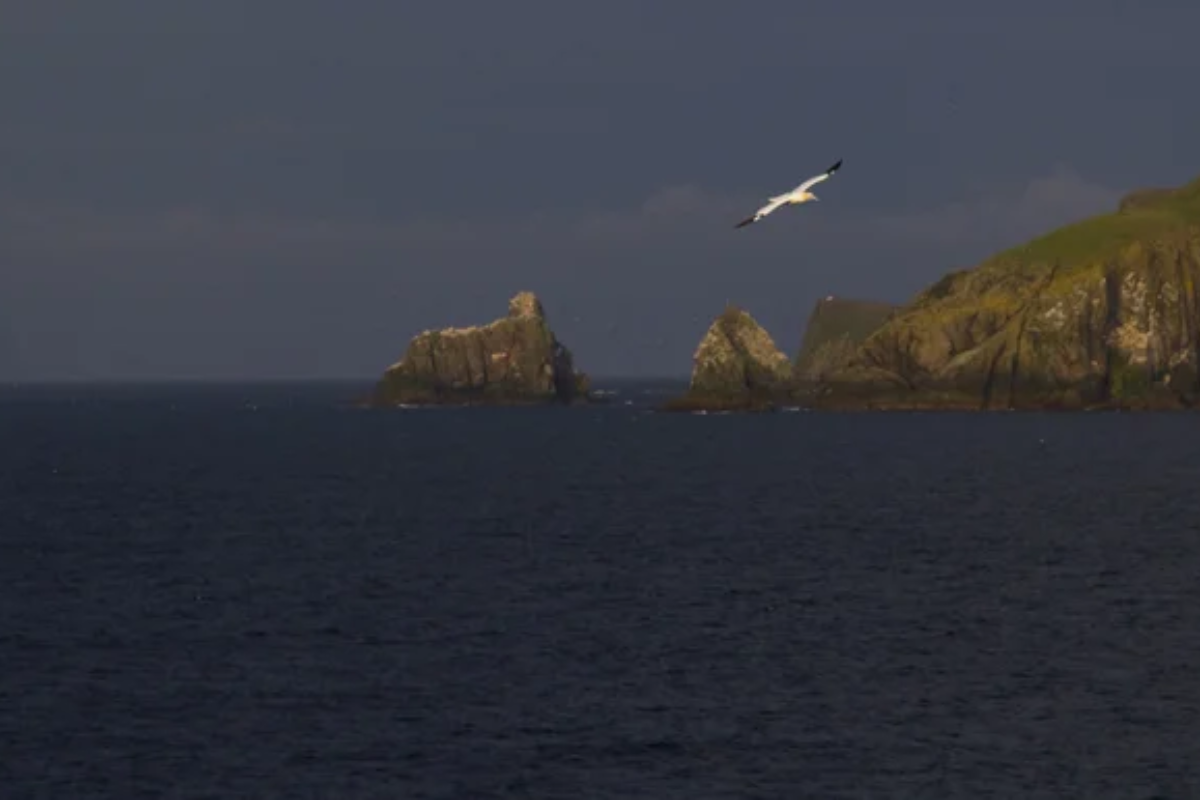
Situated halfway between Orkney and Shetland, this tiny island is world-renowned
for its distinctive knitting patterns and diverse bird life. Its spectacular cliffs and
rugged moorland support over 250 species of flowering plants.
The island’s remote location and strong cultural heritage create an unparalleled sense of stepping back in time.
North Rona, Outer Hebrides
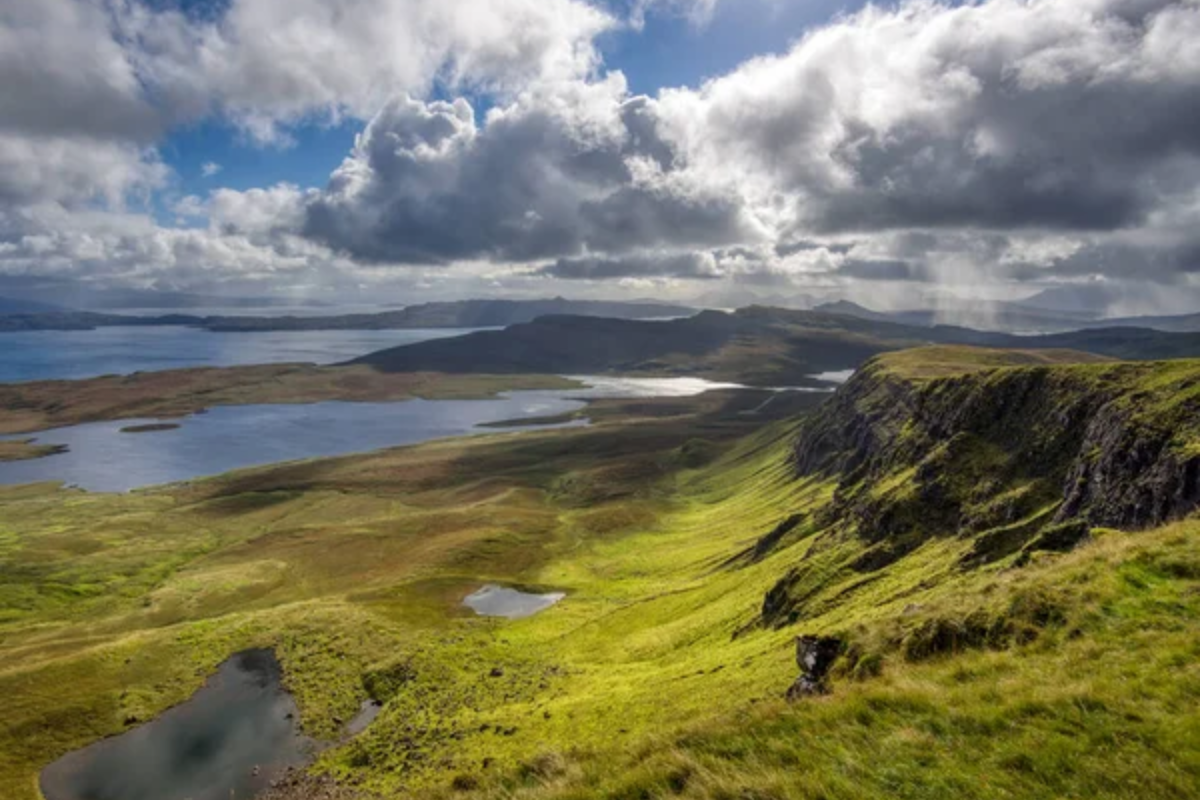
Located 44 miles north of the Butt of Lewis, this uninhabited island was once home
to a thriving monastic community. Ancient chapel ruins and cleits (stone storage
huts) dot the landscape, telling tales of past inhabitants.
The island is a vital breeding ground for grey seals and various seabird colonies.
Mingulay, Outer Hebrides
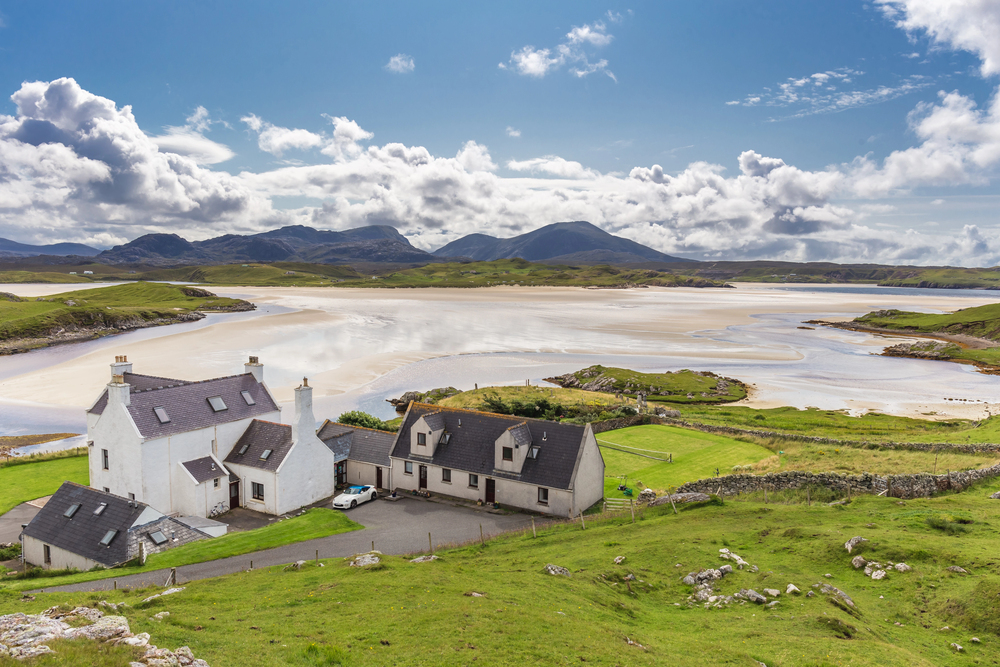
Abandoned in 1912, this southernmost island of the Outer Hebrides preserves a
poignant history of island life. The dramatic Village Bay showcases remaining buildings and lazy beds (cultivation ridges) from former settlements.
Its cliffs host significant populations of razorbills, guillemots, and puffins.
Like Travel Pug’s content? Follow us on MSN.
St Kilda, Outer Hebrides
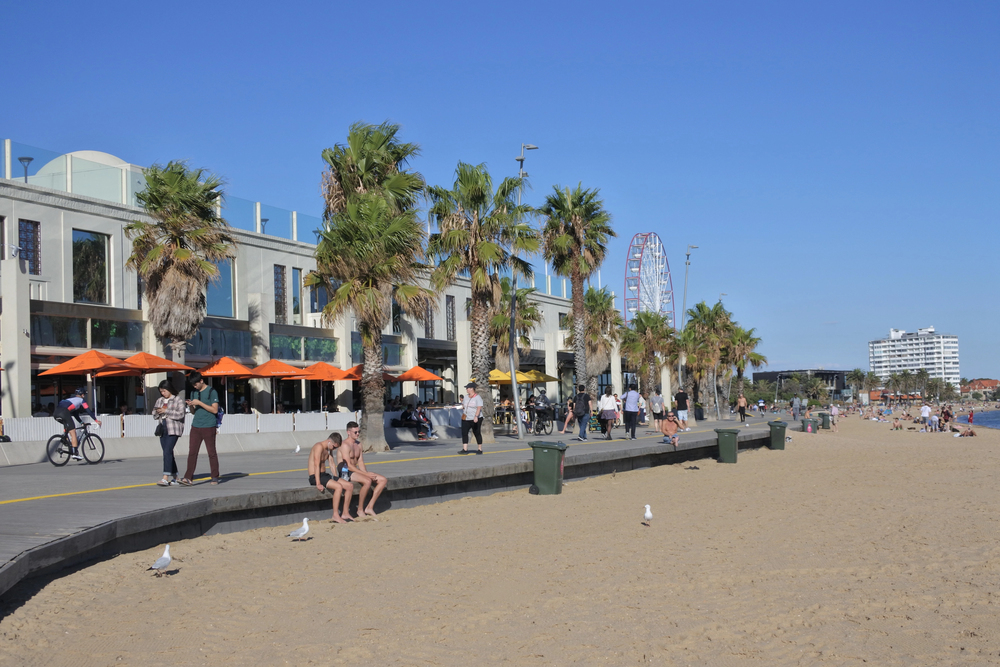
This UNESCO World Heritage site is the remotest part of the British Isles, which is
41 miles west of Benbecula. The archipelago’s unique cultural landscape reflects
2,000 years of human occupation adapting to extreme conditions.
The islands support Europe’s largest seabird colony, including the world’s biggest northern gannet population.
Sula Sgeir, Outer Hebrides
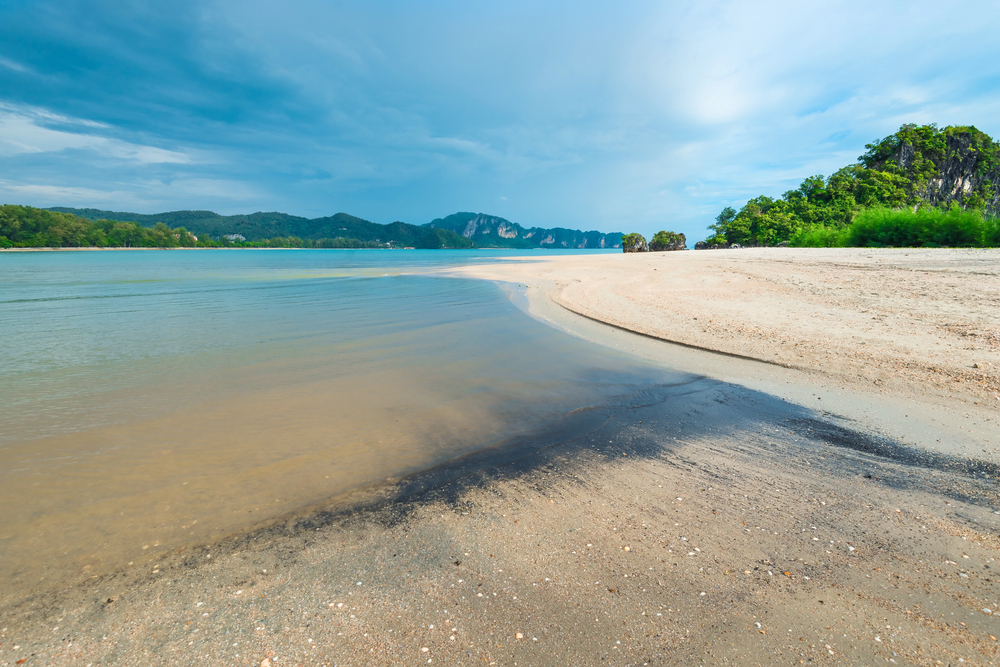
This isolated rock rises dramatically from the North Atlantic, 41 miles north of Lewis.
Local men from Ness still practice the traditional guga hunt here, harvesting young
gannets as their ancestors did centuries ago.
The rocky outpost represents one of Scotland’s most important seabird breeding sites.
Taransay, Outer Hebrides
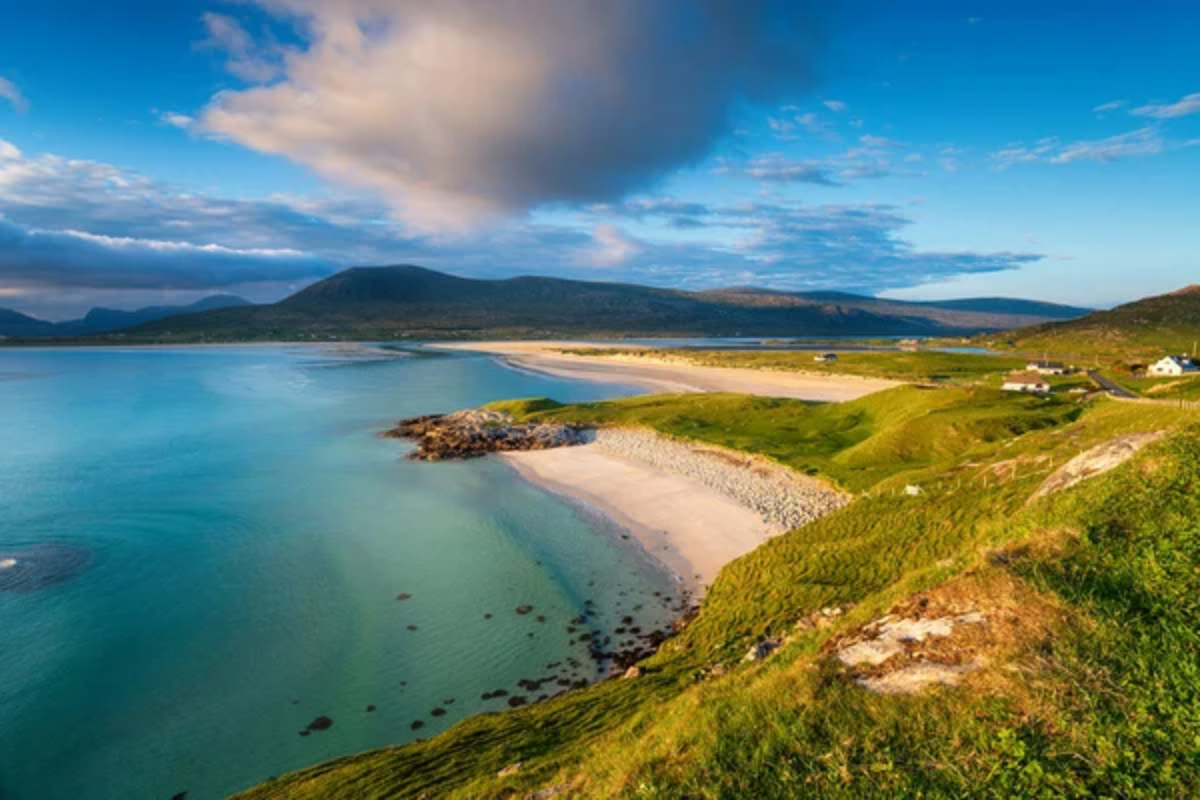
The BBC’s ‘Castaway 2000’ series has made this uninhabited island between Harris
and North Uist famous. Two pristine white sand beaches frame the island’s twin hills,
offering spectacular views across the Sound of Taransay.
Ancient chapel ruins and archaeological sites reveal centuries of human habitation.
Like Travel Pug’s content? Follow us on MSN.
Monach Islands, Outer Hebrides
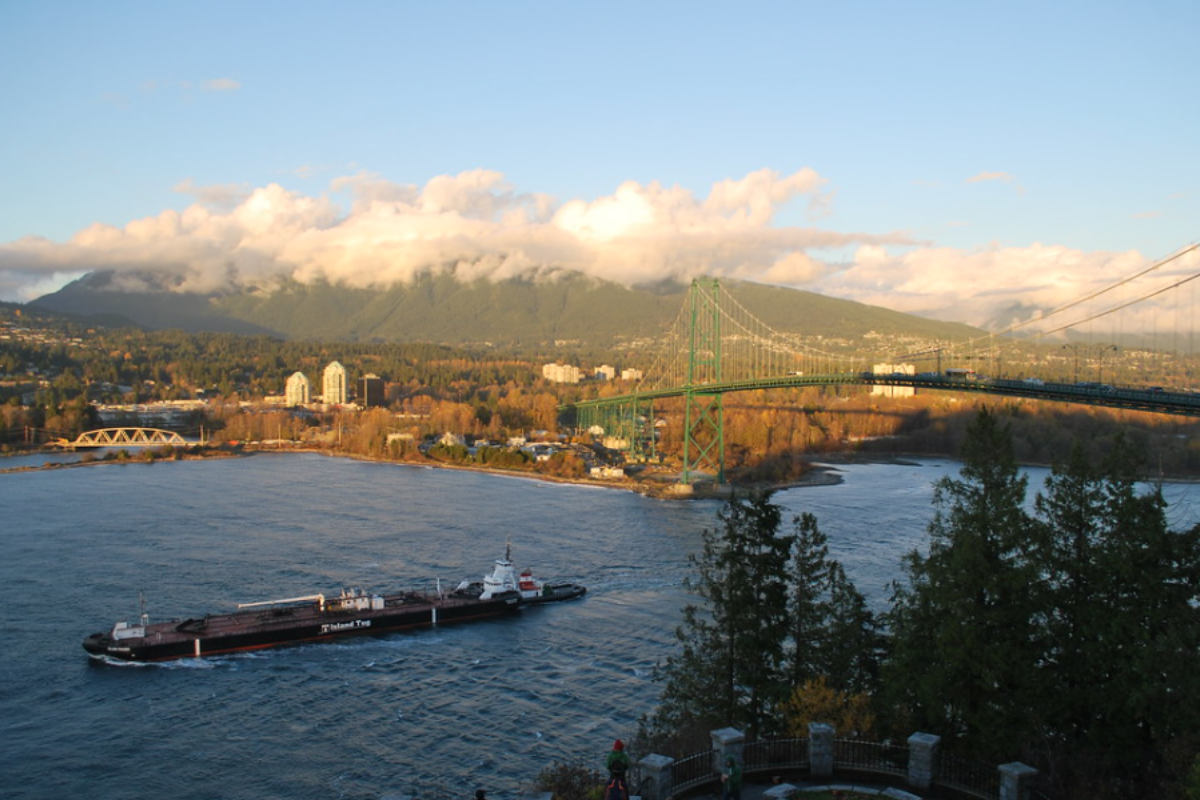
This low-lying archipelago west of North Uist once supported a thriving community
before being abandoned in 1942. During the breeding season, the islands host
Britain’s largest colony of grey seals.
Rare machair grassland carpets the islands, which burst with wildflowers in summer.
Berneray, Outer Hebrides
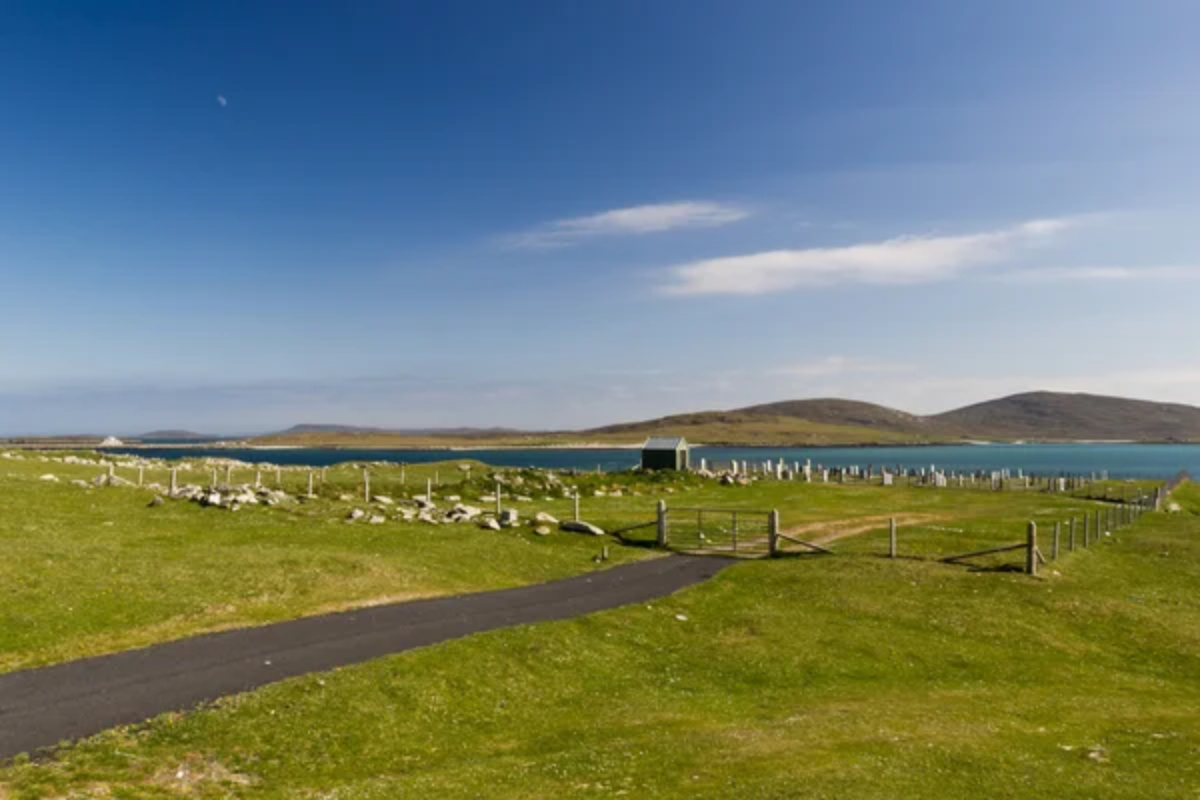
Connected to North Uist by Causeway, this small island maintains its remote
character and traditional crofting lifestyle. With its crystalline waters and white shell
sand, the three-mile west beach ranks among Scotland’s finest.
Ancient standing stones and burial cairns punctuate the machair-covered landscape.
Scarp, Outer Hebrides
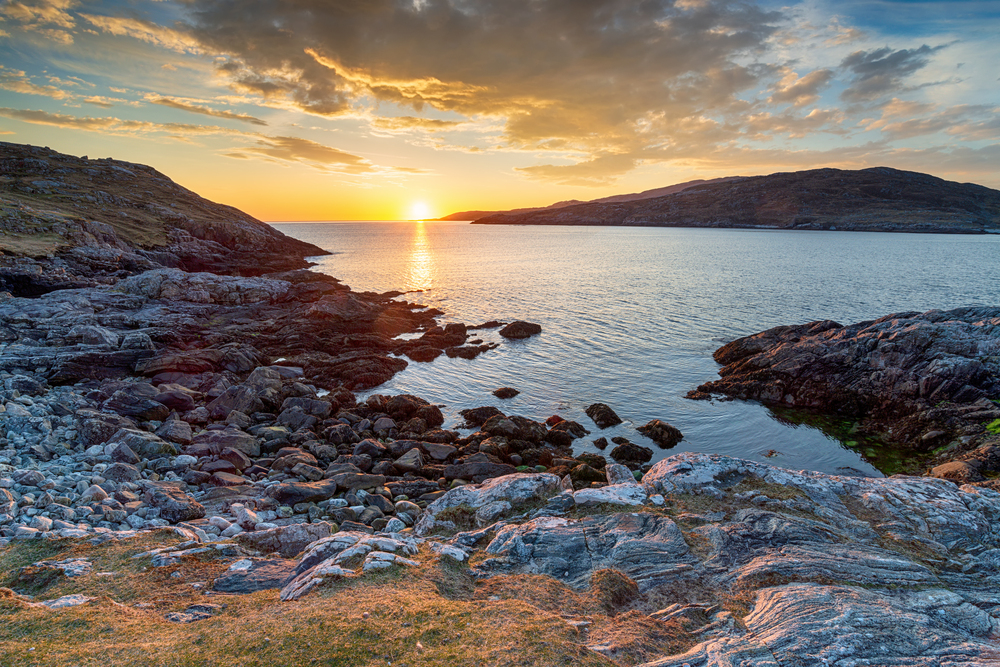
Lying off Harris’s rocky west coast, this now-uninhabited island was once home to a
resourceful community. The island gained fame for its 1934 rocket post-experiment, which attempted to establish mail delivery by rocket.
The island’s rugged terrain features cliffs and sheltered inlets that create dramatic contrasts.
Like Travel Pug’s content? Follow us on MSN.
Pabbay, Outer Hebrides
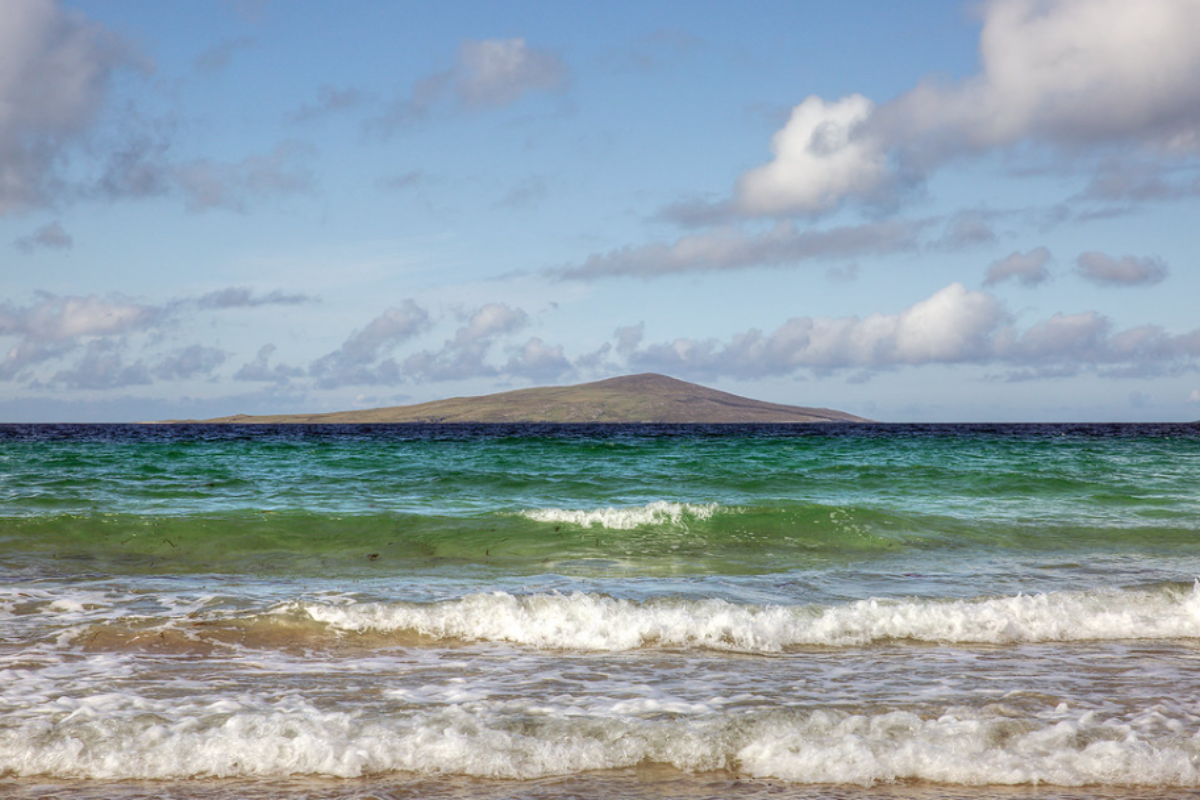
This uninhabited island, south of Harris, features remarkable cliffs popular with rock
climbers. Its name derives from the Norse word for ‘Priest’s Island,’ reflecting its early
Christian heritage.
Ancient chapel ruins and field systems evidence centuries of human occupation.
The Flannan Isles, Outer Hebrides
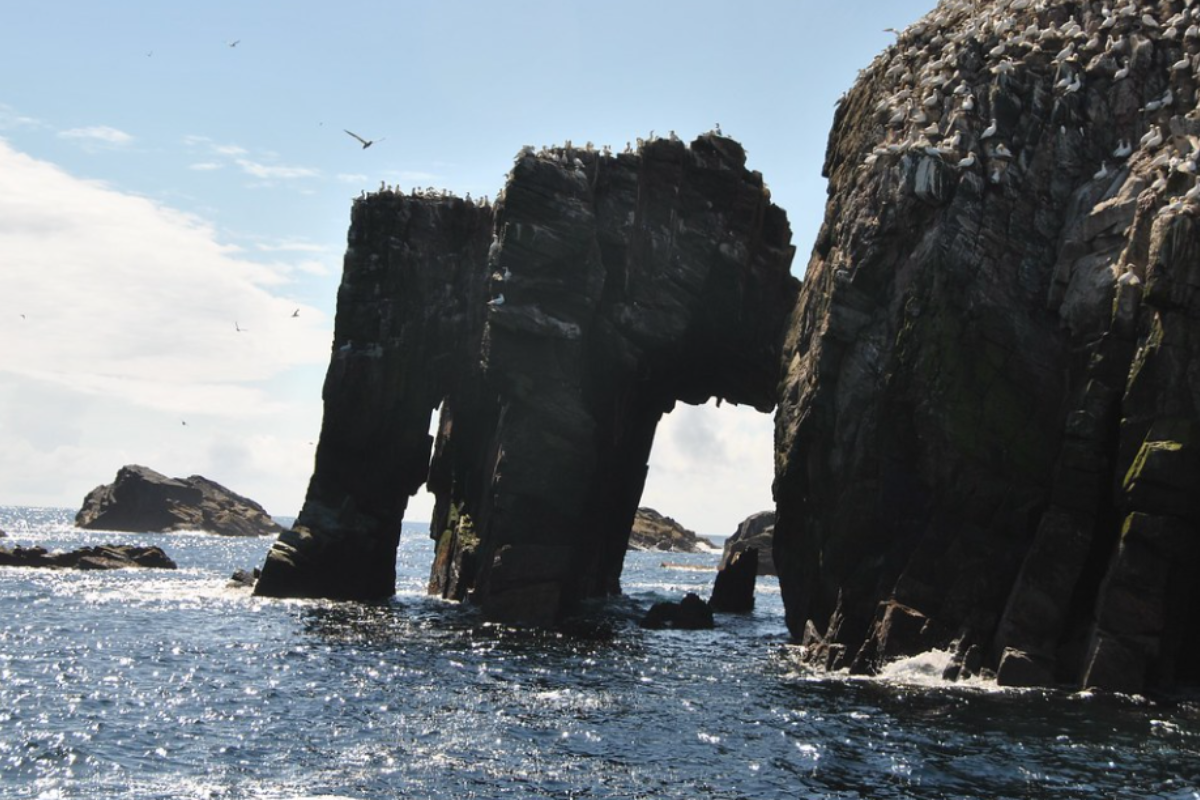
These mysterious islands gained notoriety in 1900 when three lighthouse keepers
mysteriously disappeared. The automated lighthouse still warns ships away from
these treacherous waters.
The archipelago provides crucial nesting sites for numerous seabird species.
Shiants, Outer Hebrides
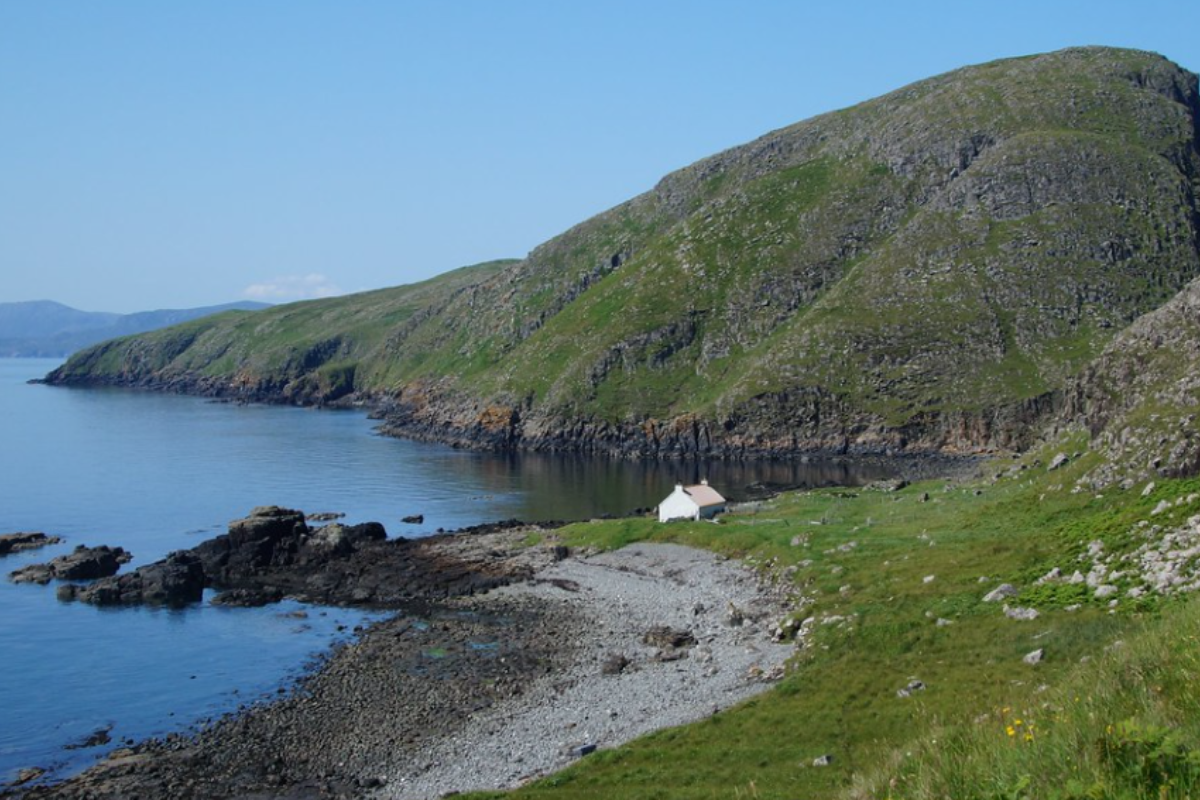
These three islands east of Lewis form one of Europe’s most important seabird
breeding colonies. Recent rat eradication efforts have helped restore the islands’
ecological balance.
Archaeological evidence suggests continuous human habitation from prehistoric times through the 1800s.
Like Travel Pug’s content? Follow us on MSN.
Rona, Inner Hebrides
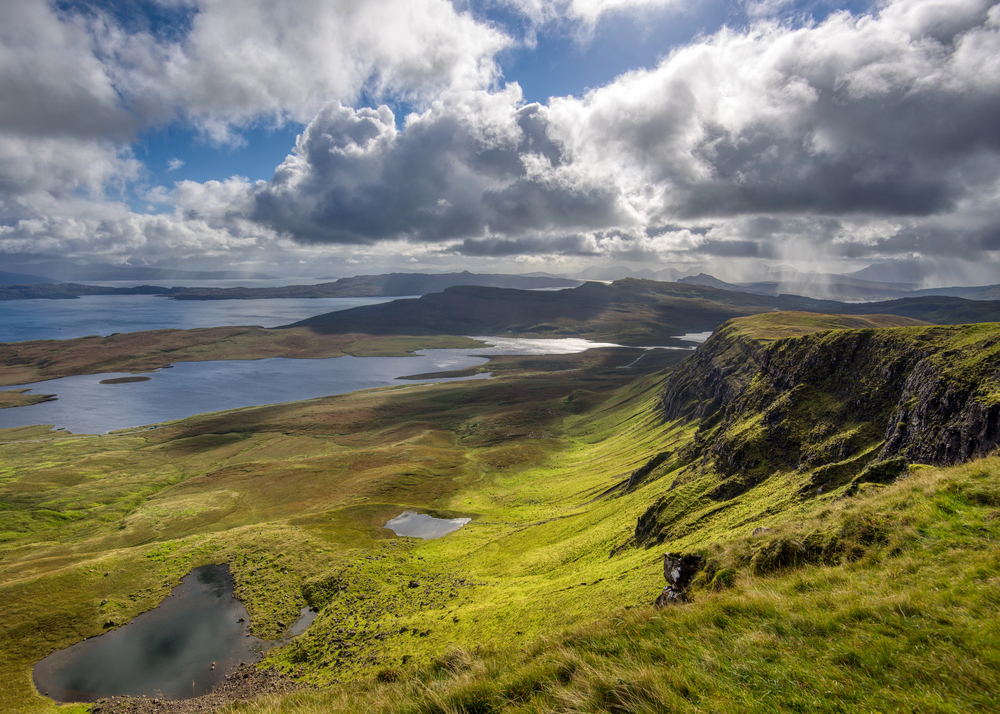
Not to be confused with North Rona, this island between Skye and the mainland
supports a small year-round population. The island’s sheltered natural harbor
provides a haven for visiting yachts.
Ancient woodland and diverse wildlife thrive in this peaceful haven.
Canna, Inner Hebrides
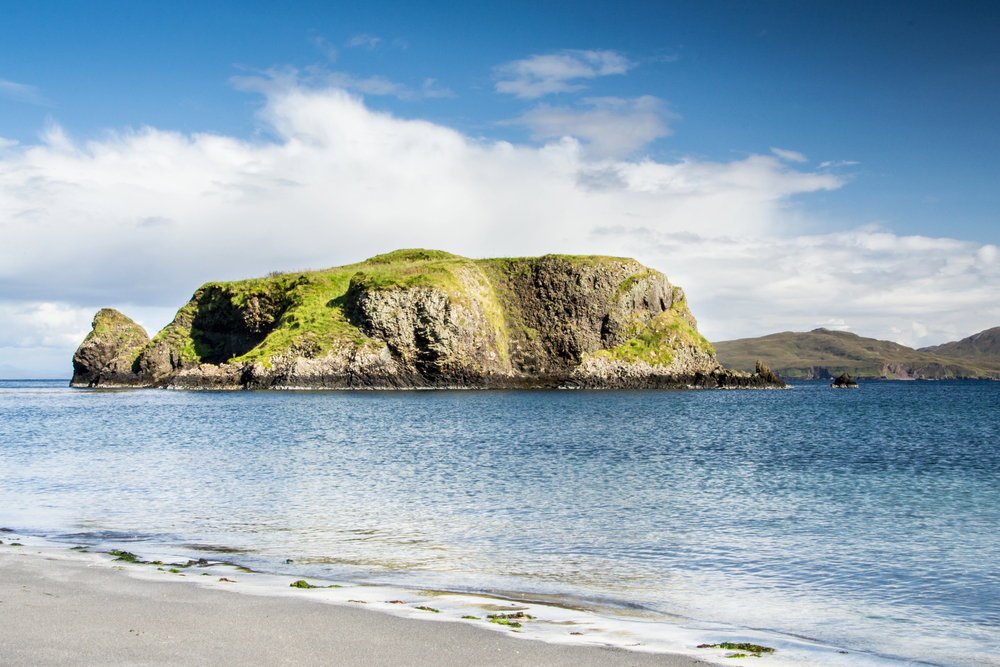
The westernmost of the Small Isles combines dramatic basalt cliffs with fertile
farmland. The island’s extensive archives and collections reflect its importance as a
center of Gaelic culture.
Its waters support diverse marine life, including minke whales and basking sharks.
Handa, Highland

This island sanctuary protects significant seabird colonies off Scotland’s northwest
coast, including guillemots and great skuas. The dramatic sandstone cliffs rise over 400 feet from the Atlantic Ocean.
Archaeological remains reveal a community that lived here until the potato famine.
Like Travel Pug’s content? Follow us on MSN.
South Rona, Inner Hebrides
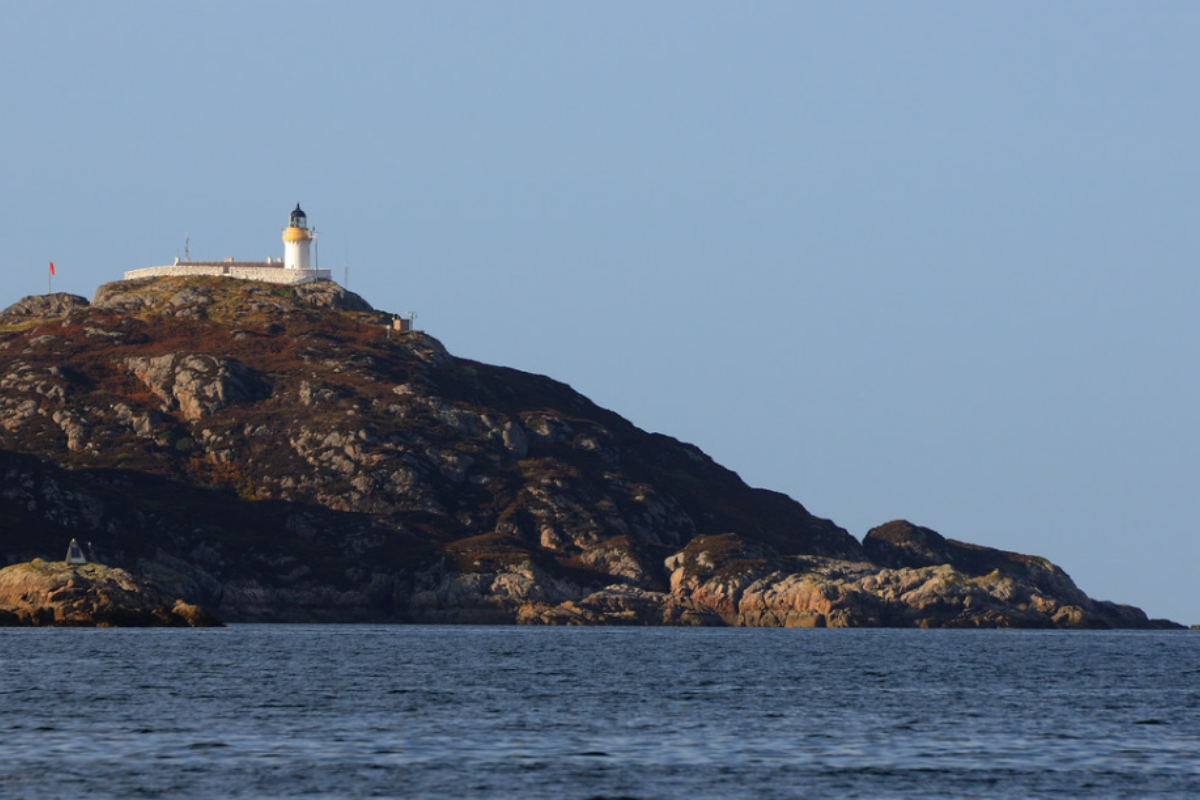
This rugged island, situated north of Raasay, features an automated lighthouse
guiding ships through the Inner Sound. Ancient duns (fortified settlements)
demonstrate the island’s strategic importance throughout history.
The sheltered waters attract diverse marine mammals, including otters and seals.
Isle Martin, Highland
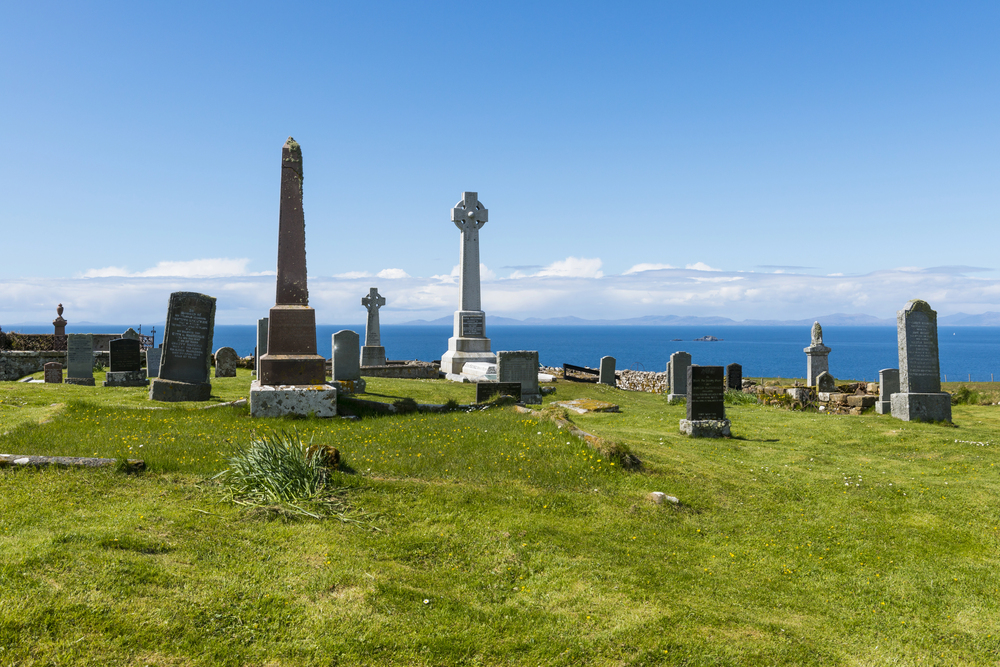
This community-owned island in Loch Broom once housed a thriving herring curing
station. The island’s varied habitats support rich plant life and breeding birds.
Recent conservation efforts focus on woodland regeneration and wildlife protection.
Priest Island, Highland
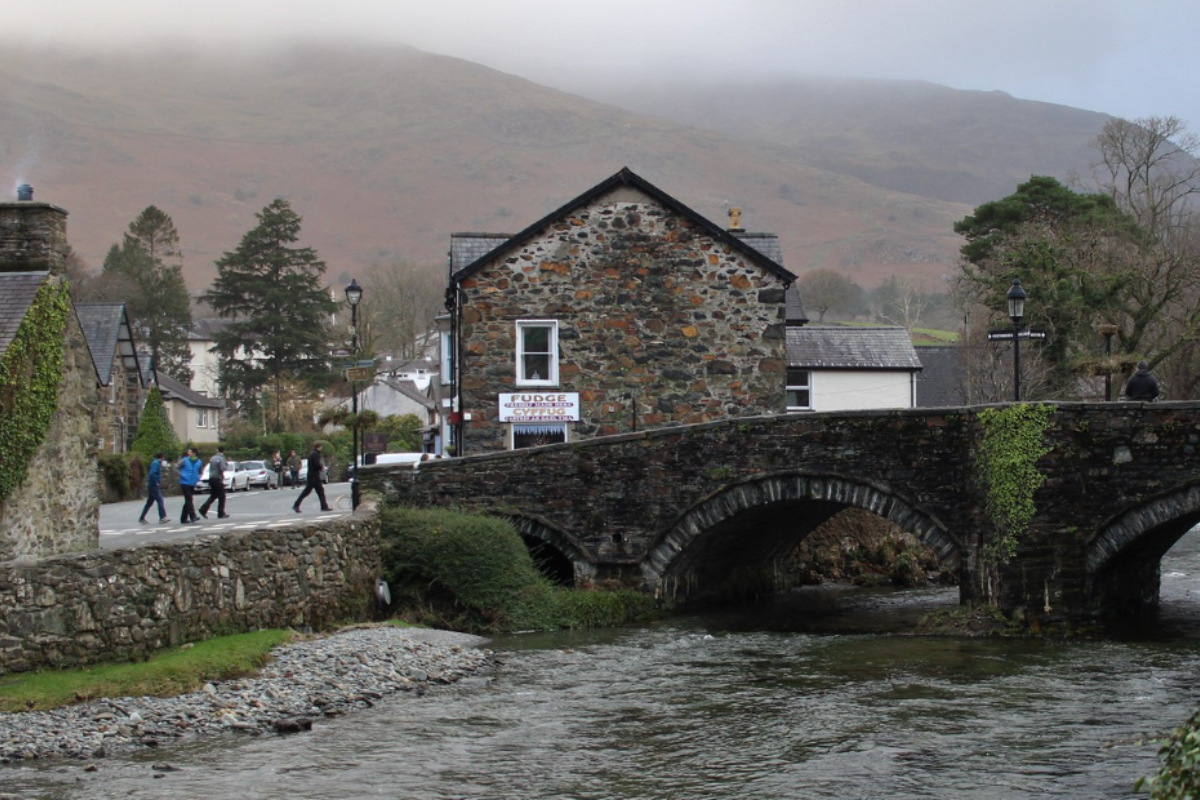
This uninhabited nature reserve is located at the mouth of Loch Broom and provides
a haven for various seabird colonies. Dramatic cliffs and hidden caves on the island
tell tales of ancient religious settlements and smugglers’ hideouts.
The reserve’s pristine environment is a crucial breeding ground for storm petrels and black guillemots.
Like Travel Pug’s content? Follow us on MSN.
Embracing Scotland’s Remote Isle Heritage
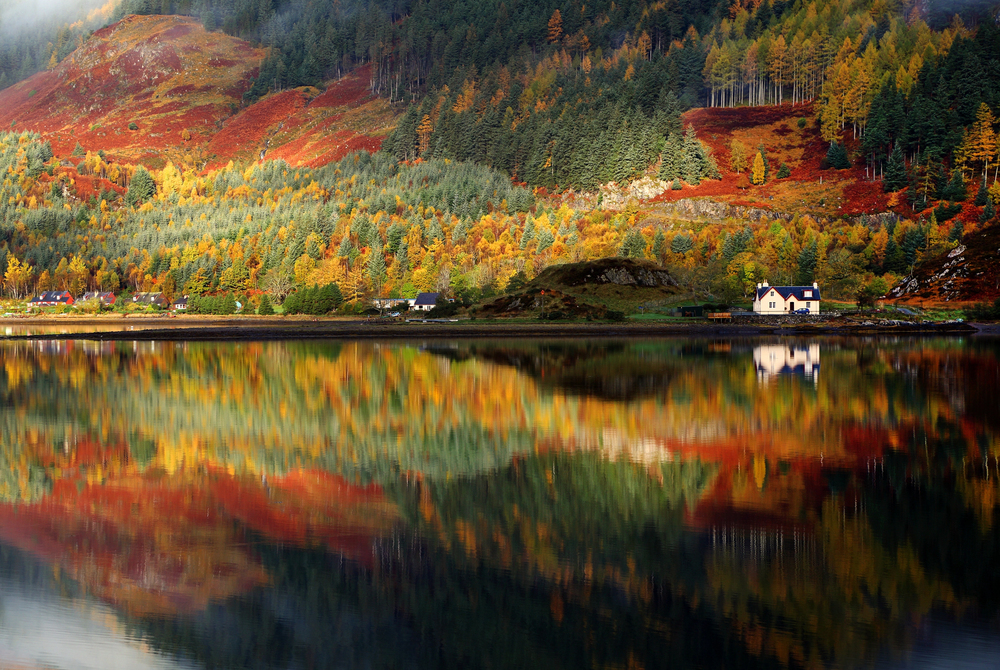
These isolated gems preserve Scotland’s maritime heritage and are the epitome of
an adventure that few others would have in this century. Each island tells different
stories through its landscape, wildlife, and cultural remnants of traditional ways of
life, now largely disappeared elsewhere.
That makes visiting this place even more valuable after the effort put in.
More from Travel Pug

- 15 Dangerous European Cities to Avoid
- 15 Caribbean Islands Where Tourists Keep Getting Scammed
- The 20 Most Fascinating Abandoned Places: A Journey Through Time and Forgotten Spaces
- 15 Hidden Places in the Smithsonian Museums Locals Love: A Guide to Lesser-Known Treasures
- 16 Hidden Florida Beach Towns That Aren’t Overrun with Tourists
Like Travel Pug’s content? Follow us on MSN.
